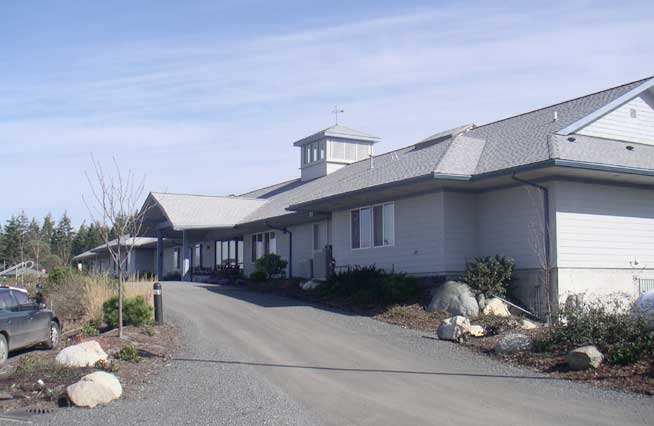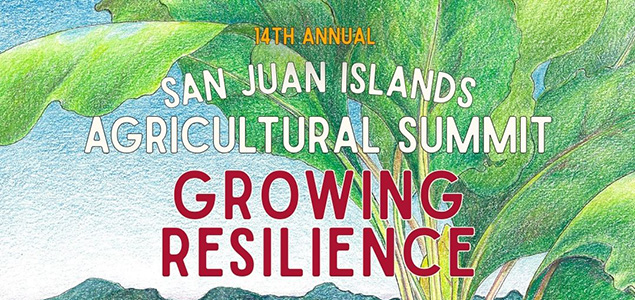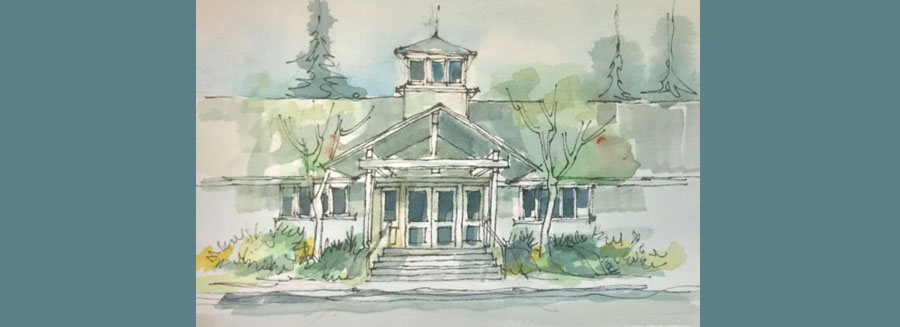||| FROM MSN.COM |||
Political polarization in the U.S. was evident and intensifying long before the onset of the COVID-19 pandemic, two years ago.
Americans were already deeply divided about a multitude of issues, with differing opinions concerning healthcare, immigration, voting rights, gun reform and climate change, often leaving little room for collaboration across the aisle.
Polling shows that the emergence of the novel coronavirus in 2020 exacerbated the rift, pushing Americans further apart on key pandemic response efforts.
Surveys from Pew Research Center, last year, found that in the early months of the pandemic, about 6 in 10 Democrats and Democratic-leaning independents believed the virus was a major threat to the health of the U.S. population, compared to only a third of Republicans and GOP-leaning independents. That 26-point gap would ultimately grow to approximately 40 points by the fall, researchers found.
Over the last two years, few issues have been more divisive than the pandemic and related policies — from the raging debate over mask use, to the ongoing push to get Americans vaccinated.
Among all factors in the prevention of severe COVID-19 and death, vaccination has been key, experts say.
Unvaccinated Americans are several times more likely to be hospitalized and die and those living in rural areas, as well as conservatives and Republicans, were among the most hesitant to be vaccinated, according to a September 2021 ABC News/Washington Post poll. For unvaccinated Americans, the decision to not wear a mask or follow other restrictions, ultimately caused increased transmission, which in turn, resulted in more severe outcomes, experts suggest.
The end result is a gulf in COVID-19 death rates between red and blue states, one that is particularly amplified when examining the most and least vaccinated states.
“In the United States, COVID-19 has become a political issue, and people’s political beliefs strongly influence their behavior,” David Dowdy, an infectious disease epidemiologist at Johns Hopkins Bloomberg School of Public Health, told ABC News. “Political divides in our thinking about COVID are much stronger than in many other countries.”
Though politicization of the virus likely played a significant role in the differing death rates, due to varying approaches to restrictions and vaccination efforts, experts say, a myriad of other issues also contributed, including access to adequate healthcare, and the disproportionate impact of the virus on communities of color.
Vaccination rates and receptivity to mitigation measures have also been influenced by factors including misinformation.
Cumulative death rates in red states 30% higher
It has been nearly a year since the COVID-19 vaccines became available to every American adult last April, after initially being offered to health workers and older populations, when supplies were still limited.
However, vaccination rates differ markedly between states that voted for former President Donald Trump, compared to those that voted for President Joe Biden, paralleling the partisan lines that have divided the country.
Data sourced from the Centers for Disease Control and Prevention shows that the 10 states with the highest vaccination rates all voted for Biden in 2020, while nine of the 10 states with the lowest vaccination rates voted for Trump. The lone exception was Georgia, which narrowly went for Biden by less than a quarter of a percentage point.
Further, cumulative death data from the C.D.C., from over the last 10 months, illustrates the implications of political polarization of the COVID-19 vaccines.
An ABC News analysis of federal data found that on average, the death rates in states that voted for Trump were more than 38% higher than in states that voted for Biden, post widespread vaccine availability.
In addition, in the 10 states with the lowest percentage of full vaccinations, death rates were almost twice as high as that of states with the highest vaccination rates, the analysis found.
Over the span of the last 10 months, in the 10 states with the lowest vaccination rates, where between 50 and 54.5% of the total population had been fully vaccinated, there was an average of 153 COVID-19-related deaths per 100,000 residents.
In contrast, during the same time period, the 10 states and jurisdictions with the highest vaccination rates, which all voted for Biden, there was an average of about 82.2 related deaths per 100,000 residents. In all 10 states, about 75% of residents had been fully vaccinated.
Vaccination and mitigation ‘have become heavily partisan’
“There are a few reasons why we’re seeing such differences in death and vaccination rates. The obvious one is that both vaccinations and other forms of COVID-19 mitigation have become heavily partisan,” Seth Masket, a professor of political science and director of the Center on American Politics at the University of Denver, told ABC News.
According to experts, political polarization has led to different responses and attitudes with respect to the pandemic.
While in the early months of the pandemic, many Democratic governors strongly promoted stay-at-home orders, masking initiatives and other mitigation measures, Trump, and some Republican governors, sought to deemphasize the seriousness of the threat of the virus, prioritizing instead the economy and the value of independence, Dowdy argued.
“It’s going to disappear. One day — it’s like a miracle — it will disappear,” Trump said in late February 2020. “The coronavirus is very much under control in the USA.”
Trump later admitted to veteran journalist Bob Woodward that he had indeed tried to downplay the severity of the virus because he did not want to create panic.
“From early in the pandemic, following the rhetoric of then-President Trump, Republicans have consistently not been as concerned about the dangers of COVID-19, and they have been more skeptical of medical advice about preventing its spread,” Masket said. “Democratic leaders have consistently expressed more concern about the disease and Democratic voters have largely followed suit.”
Last fall, an ABC News/Washington Post poll found that the increase in infections caused by the delta variant surge resulted in a jump in perceived risk of catching the virus, from 29% in late June to 47% in September. However, only 39% expressed worries about the consequences of infection.
Political partisanship influenced pandemic-related health decisions, beliefs and behavior, including “one’s attitude towards public health measures — like masking — became a signifier of political and cultural identity,” Adrian Bardon, a professor of philosophy at Wake Forest University explained.
While most states imposed restrictions on gatherings and businesses, issuing stay-at-home orders and masking mandates, in an effort to curb the spread of infections, a number of states moved to ease restrictions and masking requirements soon after the first wave abated in 2020.
Eleven states — all of which are led by Republican governors — never issued a statewide masking mandate.
These restrictions, along with the masks and vaccine mandates, had made a significant difference in protecting people from infections, Peter Jacobson, professor emeritus of health law and policy at the University of Michigan School of Public Health, told ABC News.
“In easing these restrictions earlier, more people were going to be exposed,” Jacobson said. “The blue states took this entire outbreak more seriously… You can’t underestimate the messages that were being sent to the public.”
**If you are reading theOrcasonian for free, thank your fellow islanders. If you would like to support theOrcasonian CLICK HERE to set your modestly-priced, voluntary subscription. Otherwise, no worries; we’re happy to share with you.**










Looks to me like natural selection is running its relentless, ruthless course. Sad.
Michael, what’s sad is that political polarization and fake media misinformation override science and clear thinking.
I would nominate those ten COVID Red states for a collective Peoples’ Choice Darwin Award.
It seems pretty clear that Covid-19 deaths were and are primarily linked to pre-existing conditions. Older people typically have accumulated more of those and have less robust immune systems, as do people that are impoverished and nutritionally malnourished. I suspect that older, more rural, less affluent, less educated people also tended to vote for Republicans in 2020. Not sure if poor health causes voters to prefer Republicans or the other way around. Crowded urban areas certainly seem more likely to have communicable disease problems than rural ones, so it is certainly possible that the rural nature of many of the counties that leaned toward the Republican ticket, were actually less impacted than they might have been if those same people had been more exposed. In other words, there could have been an even greater disparity in death rates due to Covid-19.